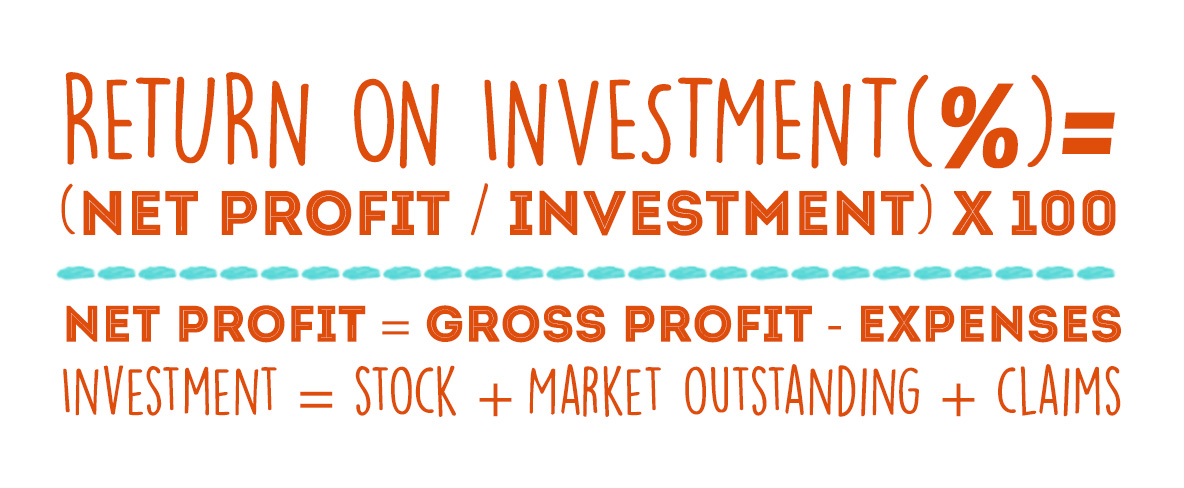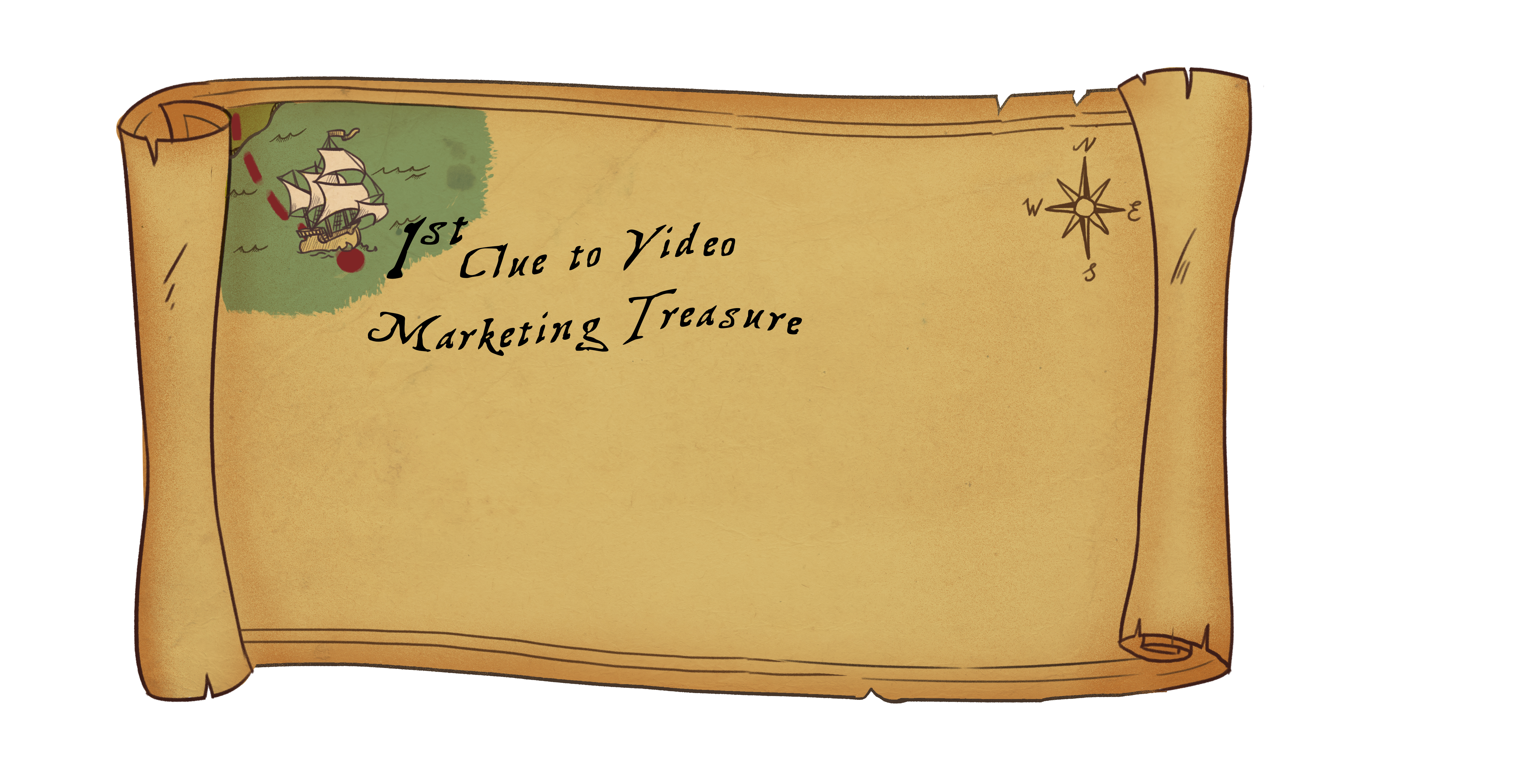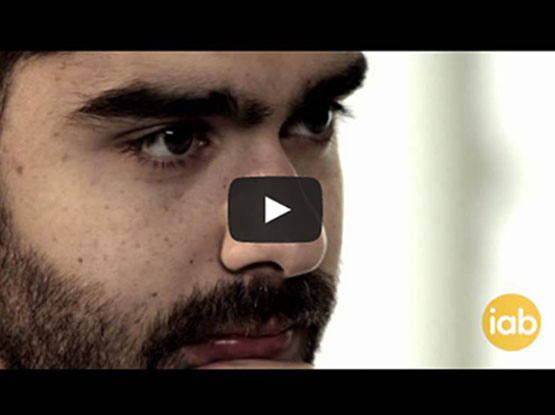At the start of any journey you need to know where you are going and there needs to be a plan on how you are going to get there. The first step in that plan for video marketing is having a clear idea of your potential return on investment (ROI). Measuring the success of a video marketing strategy relies heavily on its ROI. Therefore, it’s essential to have clarity on your ROI when using video marketing, as it may not only be monetary. The return could be many things such as engagement, reputation and viral. This blog post will be reviewing the different types of returns.
- Financial. The main aim for your video may be to dig up new business, or more sales, which is essential for organisations. Tracking the conversions from those who have viewed the video and went on to make a sale is a key indicator to see financial return from the video. The calculation: return on investment (%) = (/ Investment) × 100
- Engagement. Having an engaged audience is important to all organisations. Keep your audience engaged through entertaining content; for example animation. By knowing your audience, you will learn what content will gain and hold their attention. This can be measured by viewing data analytics that shows which part of the video the viewer watched, skipped, rewatched, etc… It is also key to see where people go after watching the video, for example; whether people are following the call to action (e.g. product purchase, web inquiry or web visit).
- Reputation. An explainer video is a great example of a type of video marketing, that will help establish the reputation of your company amongst your target audience. If people from a certain industry, demographic or geographic area have interacted with your video or your website through this video; then it can be suggested that your company has successfully gained a reputation within your intended target audience.
- Viral. Many organisations wish for their video to go viral. Take Virgin media as an example, who have used Usain Bolt and animal characters to achieve an increase in virality and customers. In contrast, a company like PwC may prefer a non-viral targeted video capable of enhancing bespoke areas of their business. In either case, a video going viral can boost brand awareness.
All in all, the ROI from a video marketing campaign can come in different forms, but it is important to have a clear goal in mind. Plan and test to ensure you are reaching your intended audience for your video marketing strategy. In order to do this adequately, you have to get to know your audience really well, which leads us onto next week’s clue.











